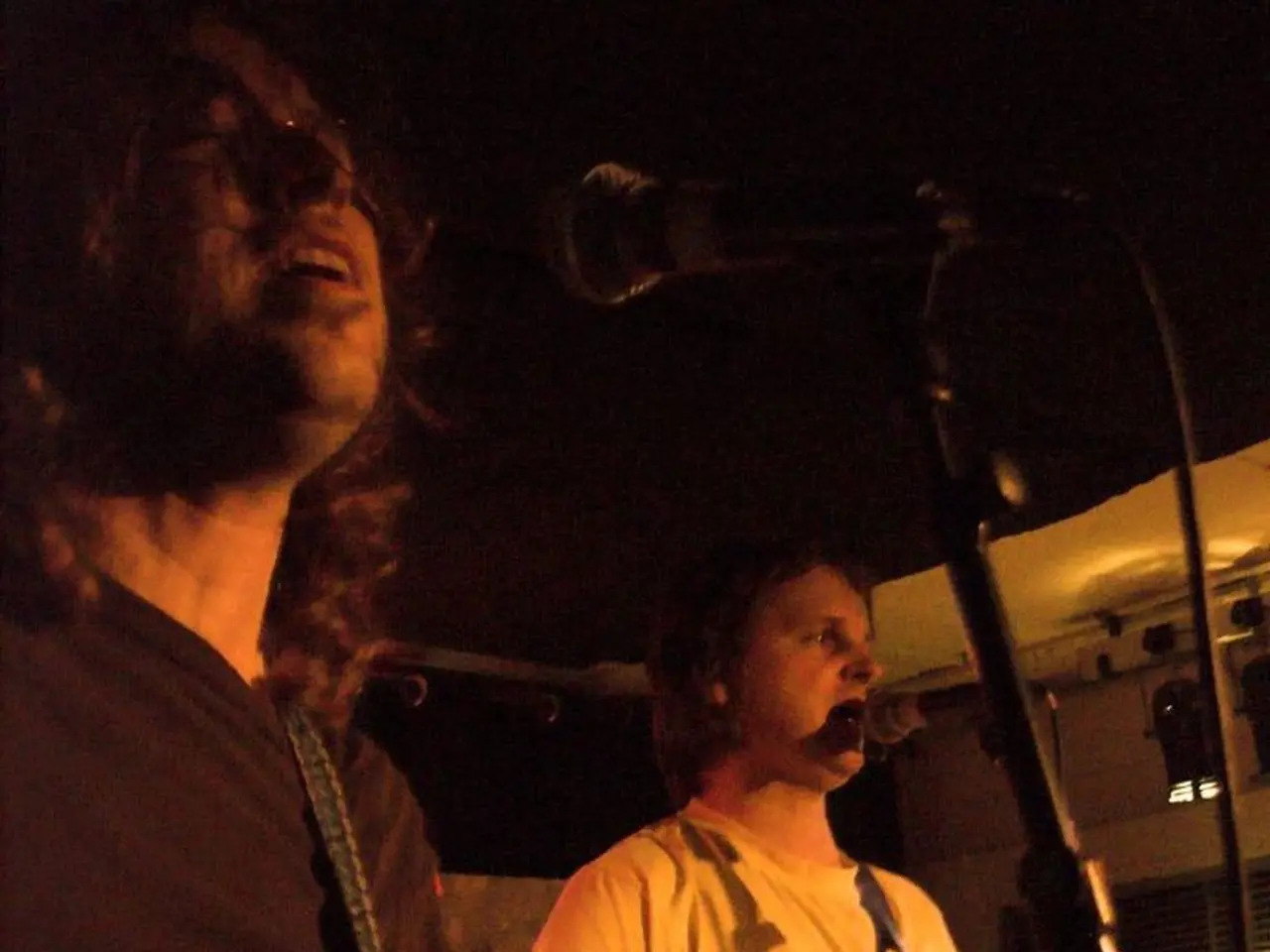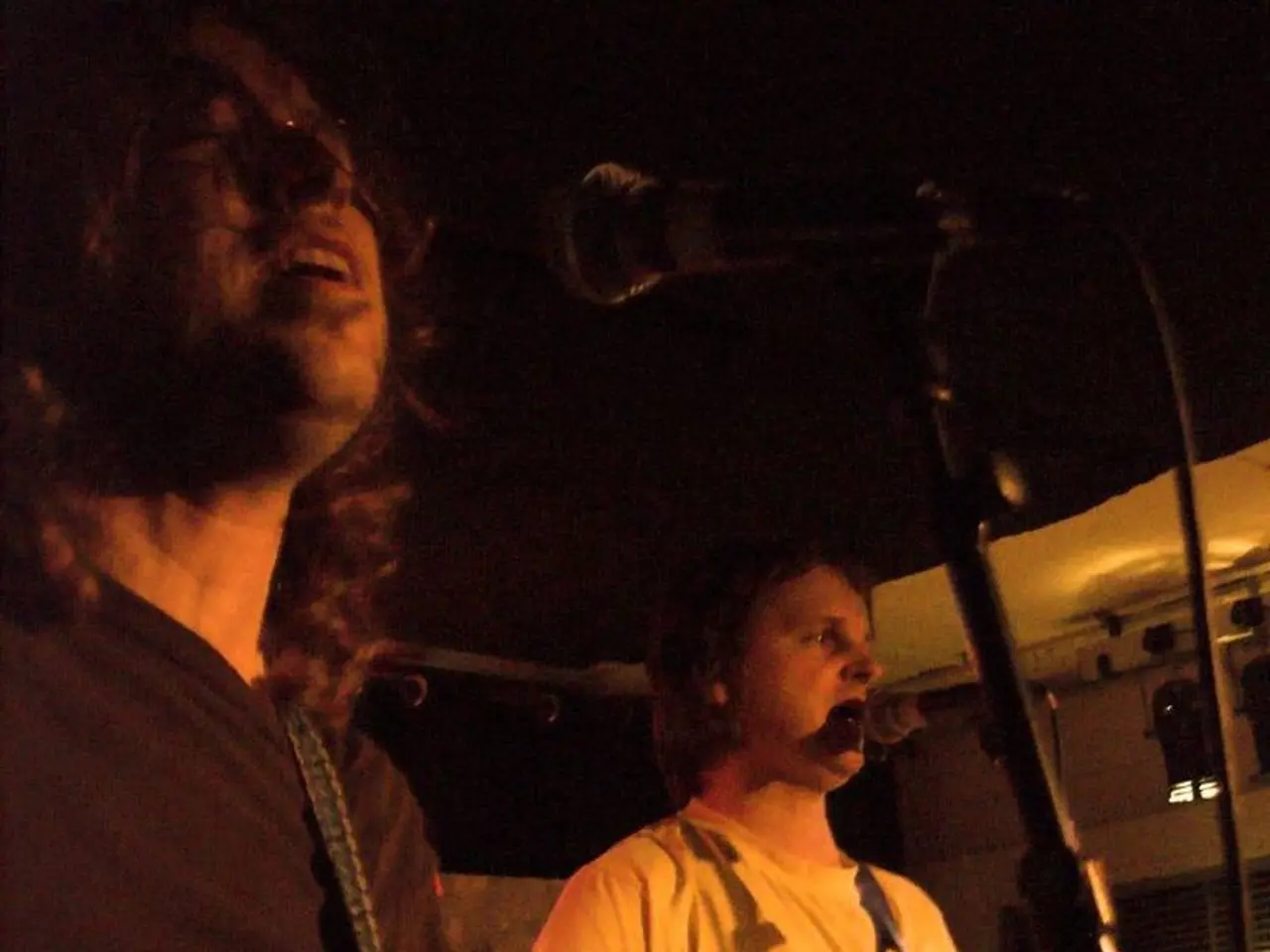Understanding Poetic Techniques
In the world of poetry, a vast and diverse landscape awaits those who venture to explore its depths. This realm is marked by the repeated use of poetic traditions that have been passed down through the centuries, as well as a myriad of literary devices that add layers of meaning and beauty to the written word.
At the heart of poetry lies the use of literary devices, such as metaphors, similes, personification, symbolism, and allegory. For instance, a metaphor compares one thing to another without using the words "like" or "as," as in Robert Frost's poem "The Road Not Taken," where the paths in the woods symbolize different choices in life. On the other hand, a simile compares two things using these connecting words, like the example "a poem is like a beautiful painting."
Poetry's rich tapestry is further enriched by the presence of poetic traditions that have stood the test of time. One such tradition is epic poetry, long narrative poems about heroic deeds and events significant to a culture or nation, such as the Greek Iliad or medieval Beowulf. Another tradition is lyric poetry, expressive poems often exploring personal feelings and emotions, like medieval French troubadour songs that focused on love.
The sonnet, a widely influential fixed form, is another prominent poetic tradition. Originating in Italy and adapted in France and England, sonnets typically consist of fourteen lines with specific rhyme schemes and often deal with themes of love and human experience.
Medieval and Renaissance forms, with their emphasis on formal rhyme and meter, also played a significant role in shaping the landscape of poetry. Odes, hymns, and sonnets inspired by Greco-Roman models were common during these periods.
In the early 20th century, movements like Modernism and the Beat Generation pushed against traditional forms, favoring free verse, experimental structures, and new thematic explorations. This shift marked a departure from the formal structures of the past and paved the way for a more personal and expressive style of poetry.
Throughout history, poetic traditions have reflected the socio-cultural contexts from which they arose, evolving over time while retaining elements like rhythm, rhyme, symbolism, and thematic depth. For example, French poetic tradition is noted for the use of the alexandrine meter and sonnet cycles expressing idealized love and religious themes.
As one delves deeper into the study of poetic traditions, they will encounter a plethora of literary devices beyond foreshadowing, irony, allegory, personification, symbolism, metaphors, and similes. Examples include oxymorons, such as "deafening silence," and the use of puns in poetry.
In conclusion, the world of poetry offers a rich and varied landscape for exploration, filled with poetic traditions and literary devices that have been passed down through the ages. From the structured beauty of sonnets to the experimental freedom of modern poetry, this realm invites us to appreciate the power of language in expressing the human experience artistically.
In this ever-evolving world of poetry, a combination of personal interests can be found, intertwined with the art form. One might find themselves delving into the realm of fashion-and-beauty, as symbolized in the impeccable elegance of a sonnet, or interpreting the complexities of human emotions through lyric poetry, similar to the delicate emotions expressed in medieval French troubadour songs. On the other hand, as one delves into the realms of literature, they may stumble upon books about poetry, gaining a deeper understanding of poetic traditions and literary devices. Furthermore, the entertainment industry might capture the beauty of poetry through adaptations into movies, plays, or musicals, presenting a unique perspective on these timeless works.








